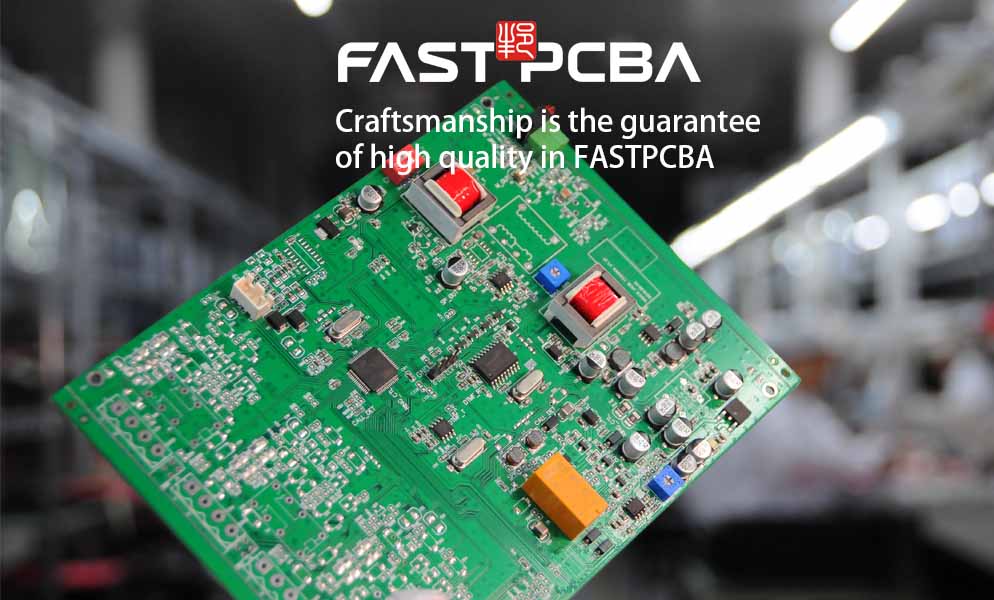About us
FASTPCBA Co.,Ltd
-
 Building 1, Senyang Electronic Technology Park, Guangming High-tech Park, Yutang Street, Guangming District, Shenzhen City.
Building 1, Senyang Electronic Technology Park, Guangming High-tech Park, Yutang Street, Guangming District, Shenzhen City.
-
 F:86-13418481618
F:86-13418481618
-
 pcba13@fastpcba.cn
pcba13@fastpcba.cn
 date:2019-11-16 11:27:00
date:2019-11-16 11:27:00
Surface assembly process design principles
1 Typical surface assembly method
Typical surface assembly methods include full surface assembly, single-sided mixing, and double-sided mixing. Full surface assembly means that both sides of the PCB are mounted components (SMC/SMD); single-sided mixing means that both the SMC/SMD and the through-hole components(THC) are on the PCB, and the THC is in the main Face, SMC/SMD may be on the main side or on the auxiliary side; double-sided mixing means that both sides have SMC/SMD, THC is on the main side, and there may be THC on both sides.

2 Pure surface assembly process
Pure surface assembly is divided into single-sided surface assembly and double-sided surface assembly. Single-sided assembly with single panel and double-sided assembly with double panel.
(1) Single-sided surface assembly process
Apply solder paste→ mount component→reflow soldering.
(2) Double-sided surface assembly process
B-side apply solder paste→mount components→reflow soldering→ flipping PCB-A surface apply solder paste-mount components-reflow soldering
3. Process design principles
Determining the process is a top priority for the craftsman. Whether the process design is reasonable or not directly affects the assembly quality, production efficiency and manufacturing cost. The design principles of the process are as follows:
1. Choose the simplest and best quality process;
2. Choose the process with the highest degree of automation and the least labor intensity
3. The process route is the shortest;
4. The minimum types of process materials;
5. Choose the process with the lowest processing cost
 Building 1, Senyang Electronic Technology Park, Guangming High-tech Park, Yutang Street, Guangming District, Shenzhen City.
Building 1, Senyang Electronic Technology Park, Guangming High-tech Park, Yutang Street, Guangming District, Shenzhen City.
 F:86-13418481618
F:86-13418481618
 pcba13@fastpcba.cn
pcba13@fastpcba.cn